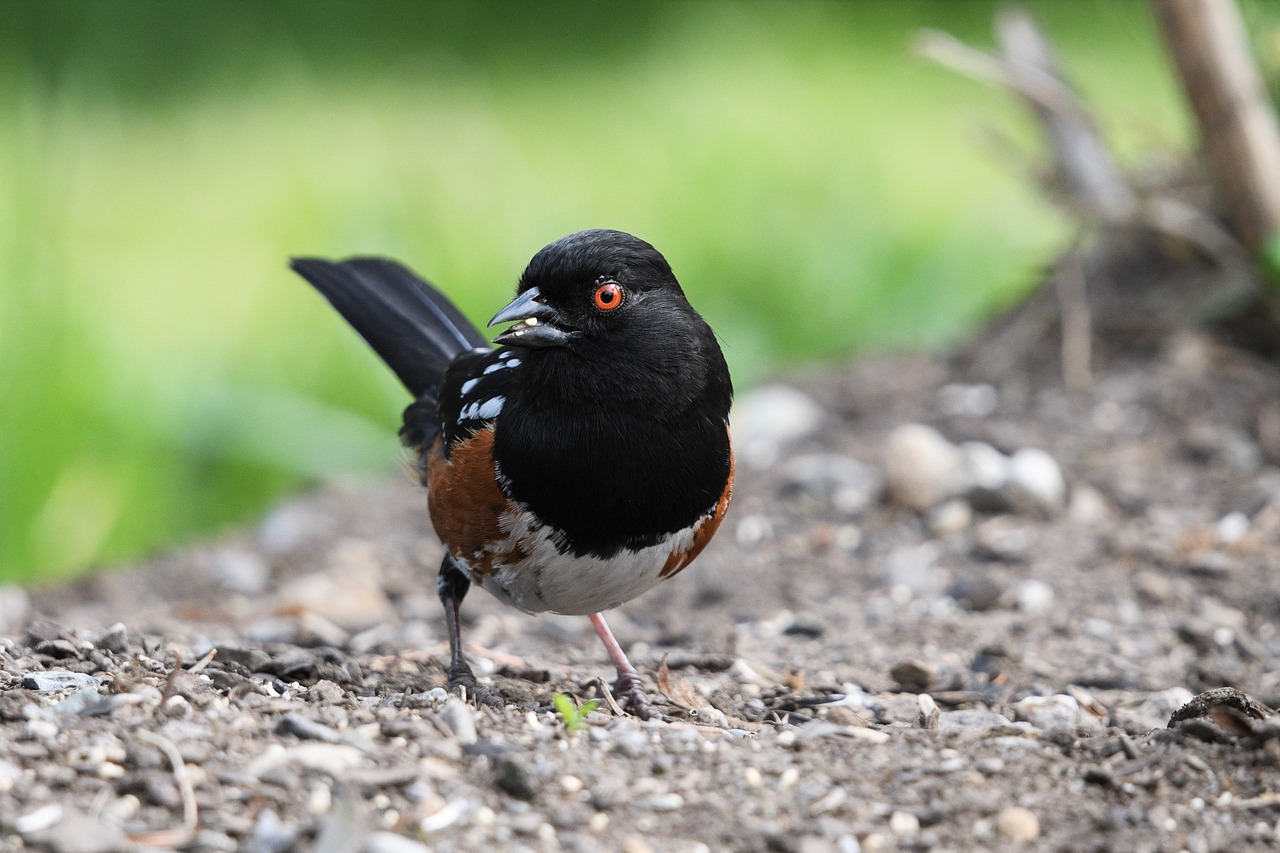While each type of bird is unique, the fact is that some bird types can easily be mistaken for others. And even if you’re an advanced birder, these striking similarities may make you struggle to identify wild birds out in nature. In this post, we’ll discuss the most misidentified birds and their bird doppelgangers. We’ll also provide tips on how to tell them apart, making identifying birds that much easier.
Ravens and Crows
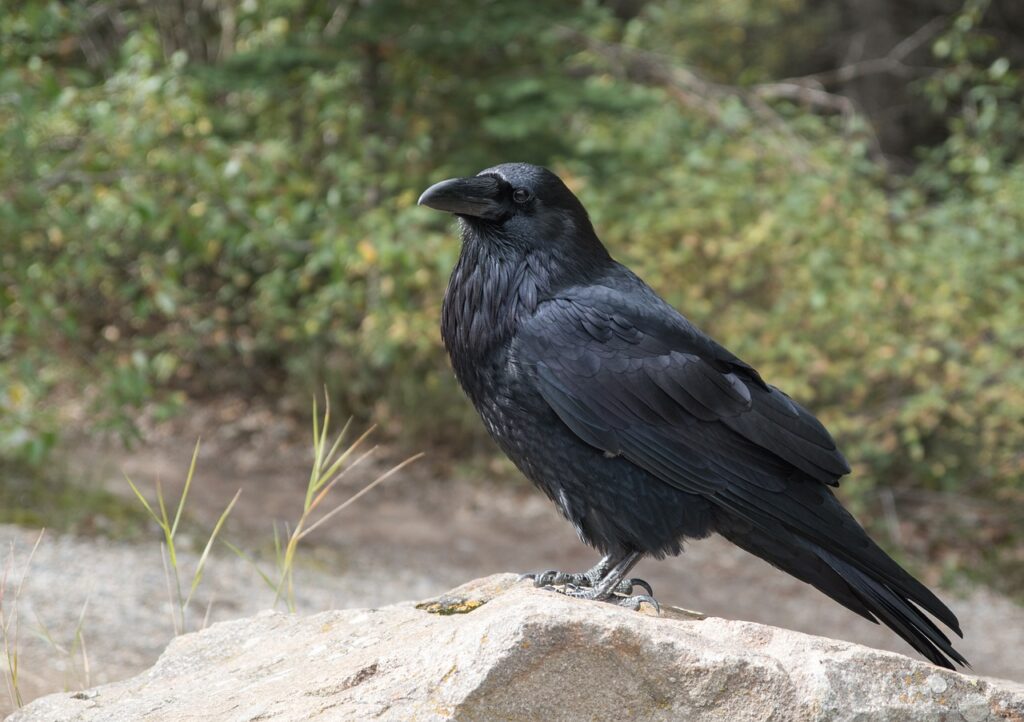
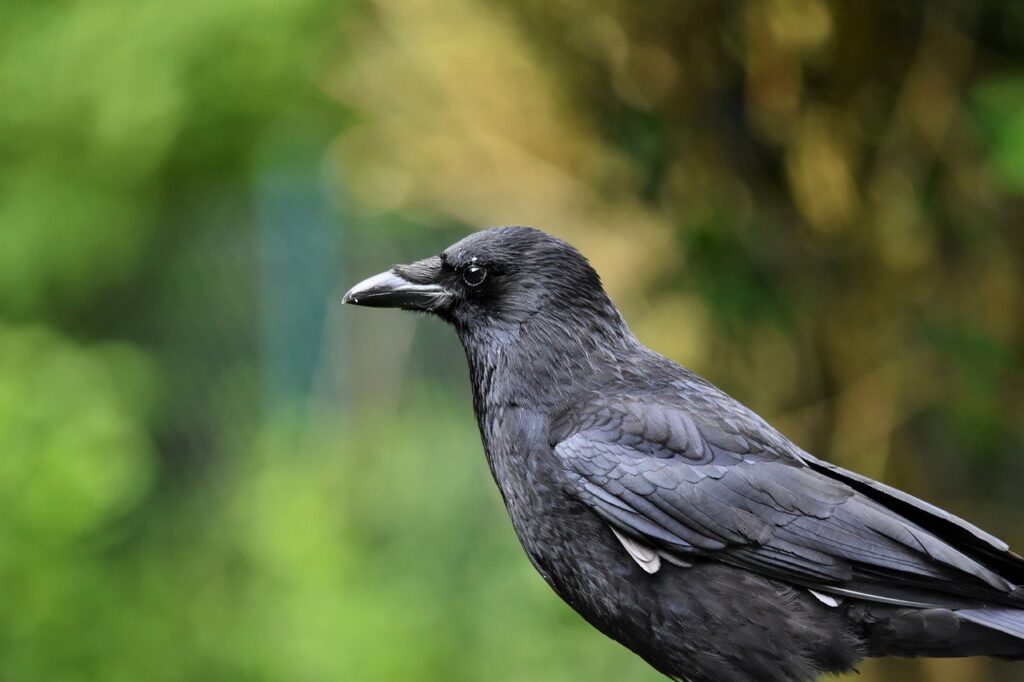
Both ravens and crows are corvids, and both of them are black, but they are very different birds. You might already know that ravens are larger than crows, but there are other identifiers as well. Ravens’ tail feathers, when open, are wedge shaped, whereas crows have more squarish tails. And, if you can get close enough to them, you’ll notice the tell-tale raven beak, which is longer than a crow’s. And if you still aren’t sure, listen for the signature “caw” sound that crows make, in contrast to a raven’s croak.
Hairy Woodpecker and Downy Woodpecker
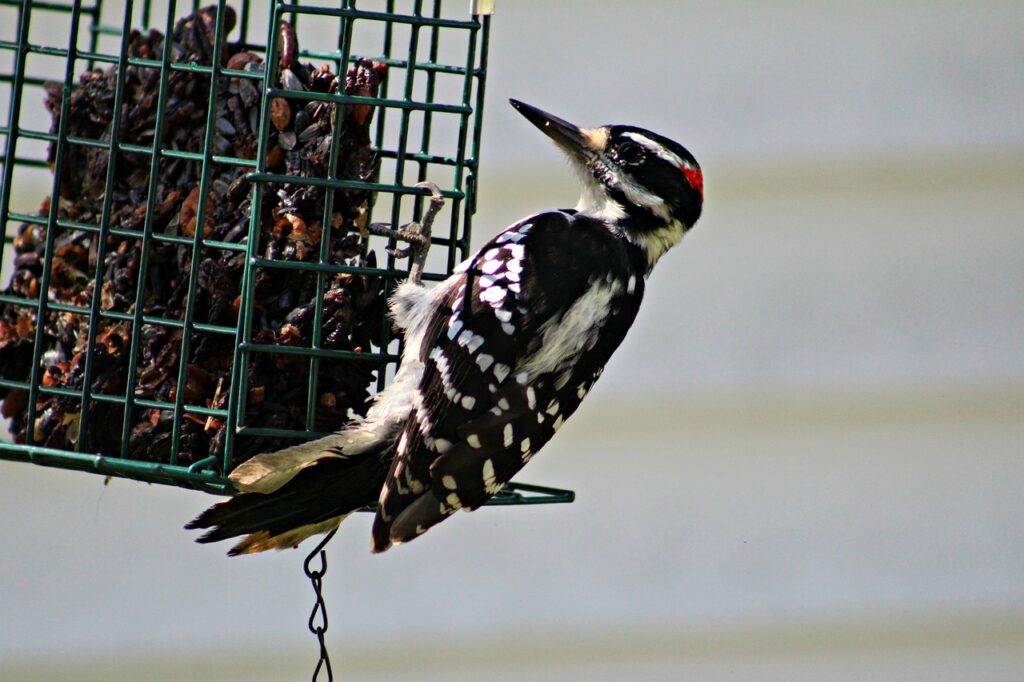
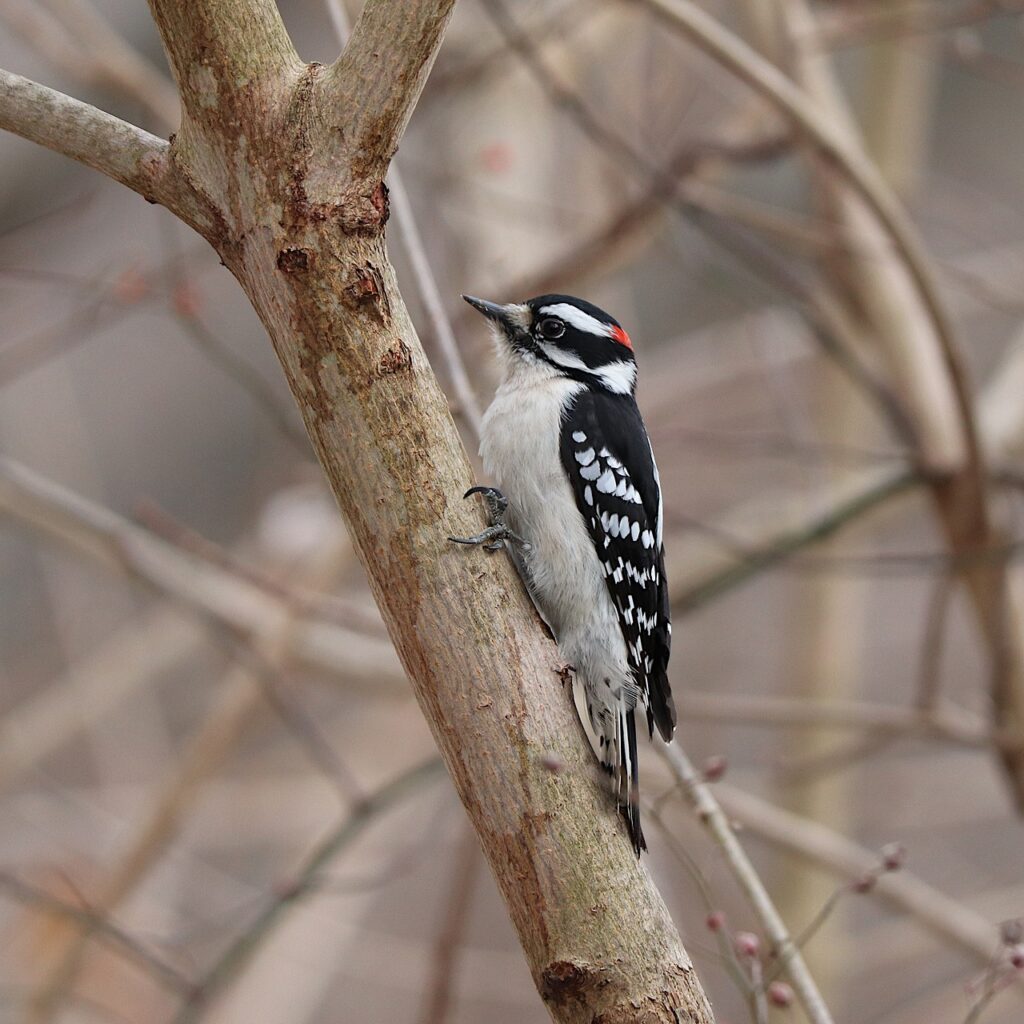
This is another tough call: both birds are black and white, and males have a touch of red or orange on their crown. But, again, there are distinguishing features between the two. One of the clearest ways of differentiating between the two woodpeckers is how big they are. Hairy Woodpeckers are half the size of Downy Woodpeckers. When in doubt, you can also look at their beaks: the Hairy Woodpecker has a larger beak (9 inches, compared to the Downey’s 6.5” beak). And if you’re wondering whether that’s a Downy or Hairy Woodpecker at your bird feeder, chances are that it’s the former, as Downys are more often seen in more populated areas.
Purple Finch and House Finch

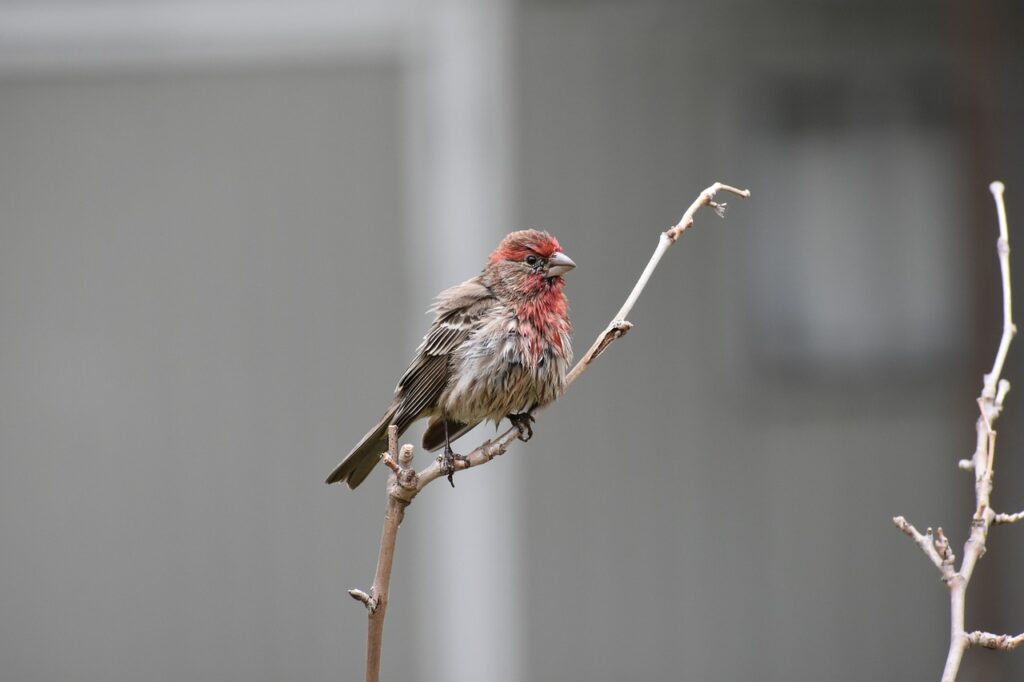
At a glance (and with the advantage of looking at a close-up photo vs. a bird in a tree in the wild), Purple Finches and House Finches look quite different. And yet this is another common case of mistaken bird identity. Let’s look at the similarities first: these finches are about the same size and shape. And their coloring can be similar too, though this is also a way to tell them apart: House Finches are more reddish orange, whereas Purple Finches have a more reddish-purple appearance. Beak-wise, Purple Finches also have pointier beaks than House Finches. They also have a deeper notch in their tail. And while both finches can be found in Southern California, House Finches call it their home, so if you’re vacillating between the two, it’s more likely a House Finch.
Spotted Towhee and Black-headed Grosbeak
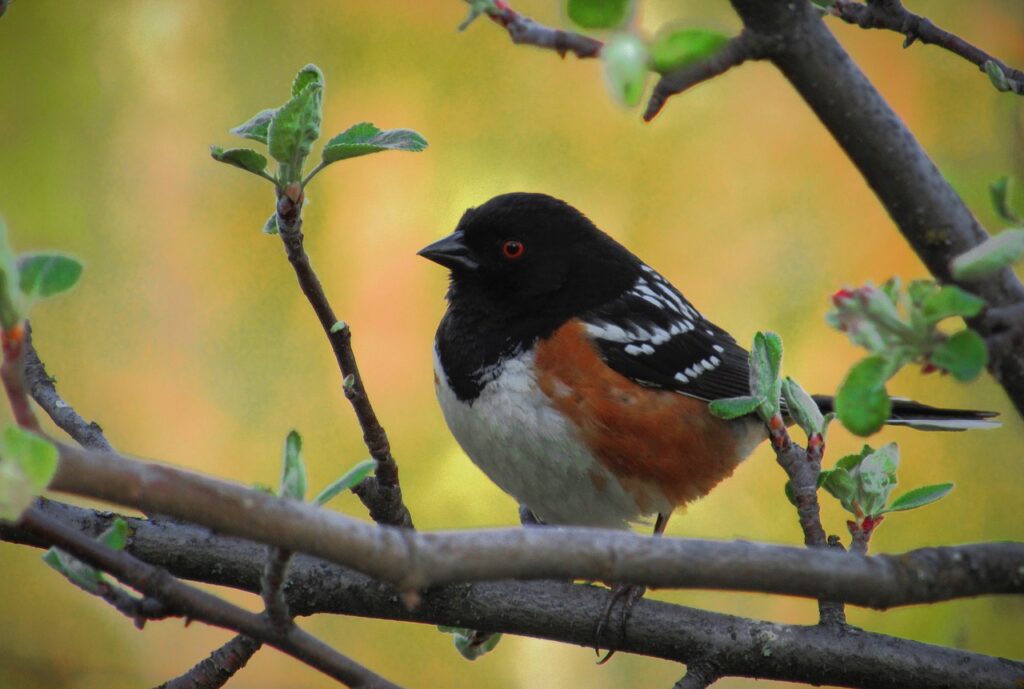
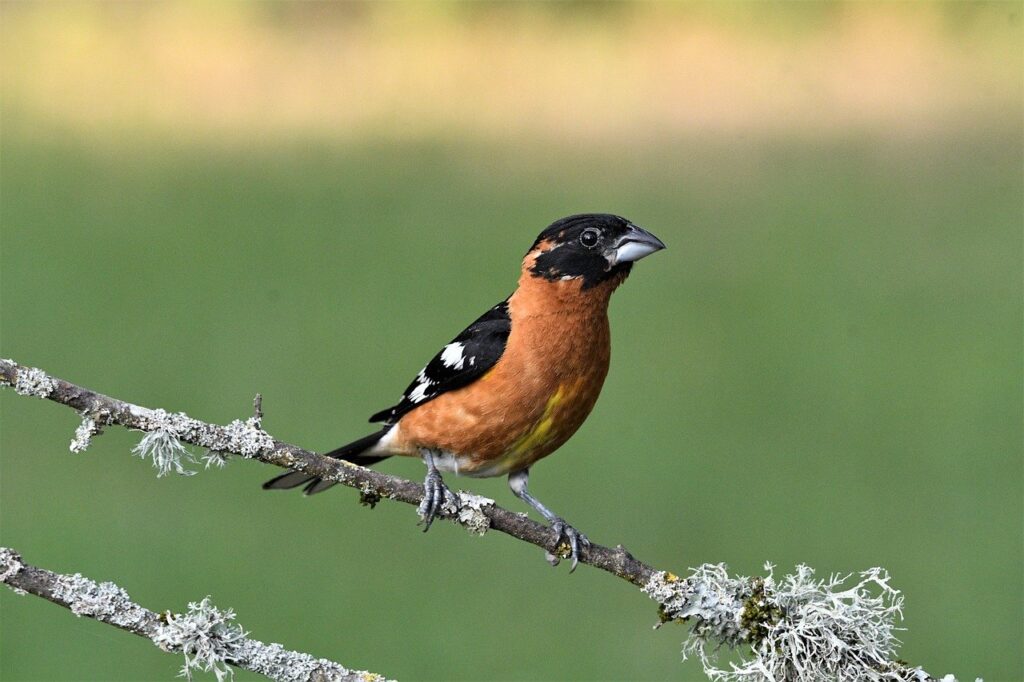
Similar in coloring and markings, but otherwise different in appearance, the Spotted Towhee and Black-headed Grosbeak are another commonly misidentified couple. The Spotted Towhee has a more rounded head and smaller beak, whereas the Black-headed Grosbeak with a more conical bill (hence the name “grosbeak” or “large beak” in French). And though they are similar in coloring, if the bird is more orange than black, it’s a Black-headed Grosbeak. And if you can get close enough to see their eyes, you can quickly tell these birds apart by their eye color: the Spotted Towhee’s bright reddish orange eye is a clear identifying mark.
American Robin and Varied Thrush
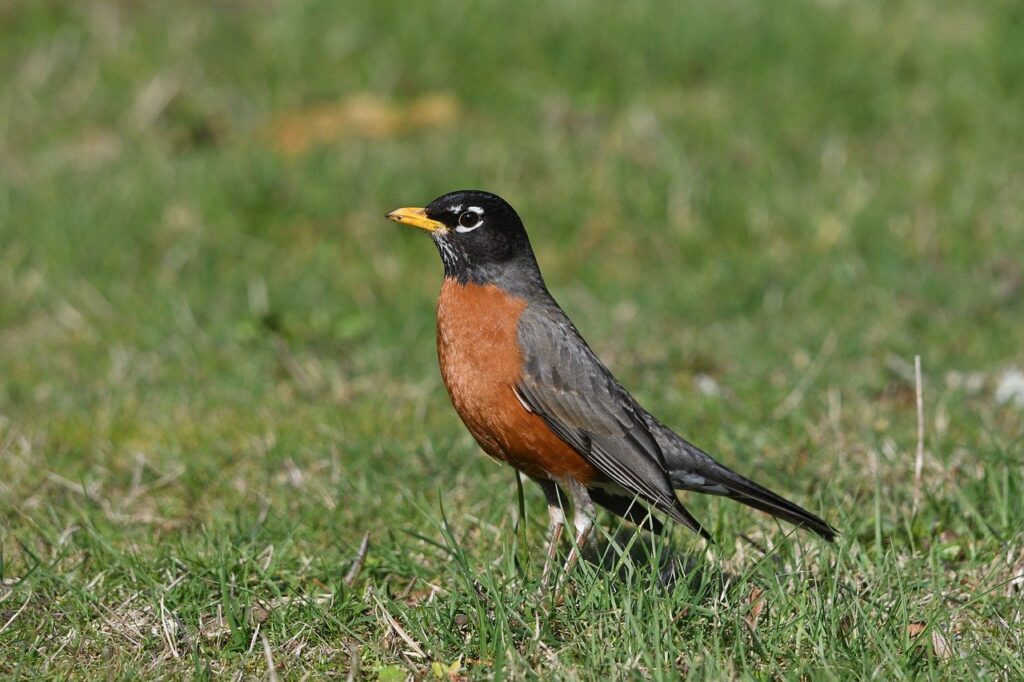
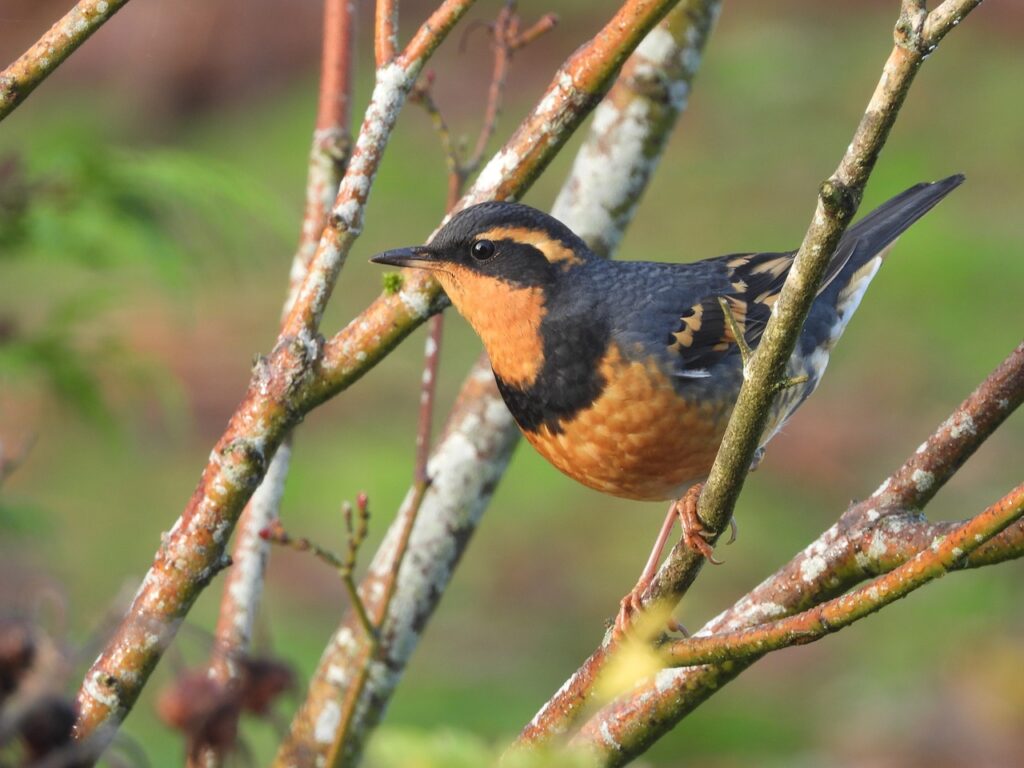
Similar enough to misidentify, the American Robin and the Varied Thrush are often mistaken for one another. Both have orange and black coloring, and yet their markings are vastly different. Look for the flash of orange on the throat—if you see it, that’s a Varied Thrush. Also, if they have a ring of white around the eyes, you’re looking at an American Robin. Another marking to be on the watch for is the Varied Thrush’s orange streaks on their crown and wings. From afar, you can simply ask yourself if the bird has prominent markings. If so, you’re likely looking at a Varied Thrush.
Barred Owl and Spotted Owl
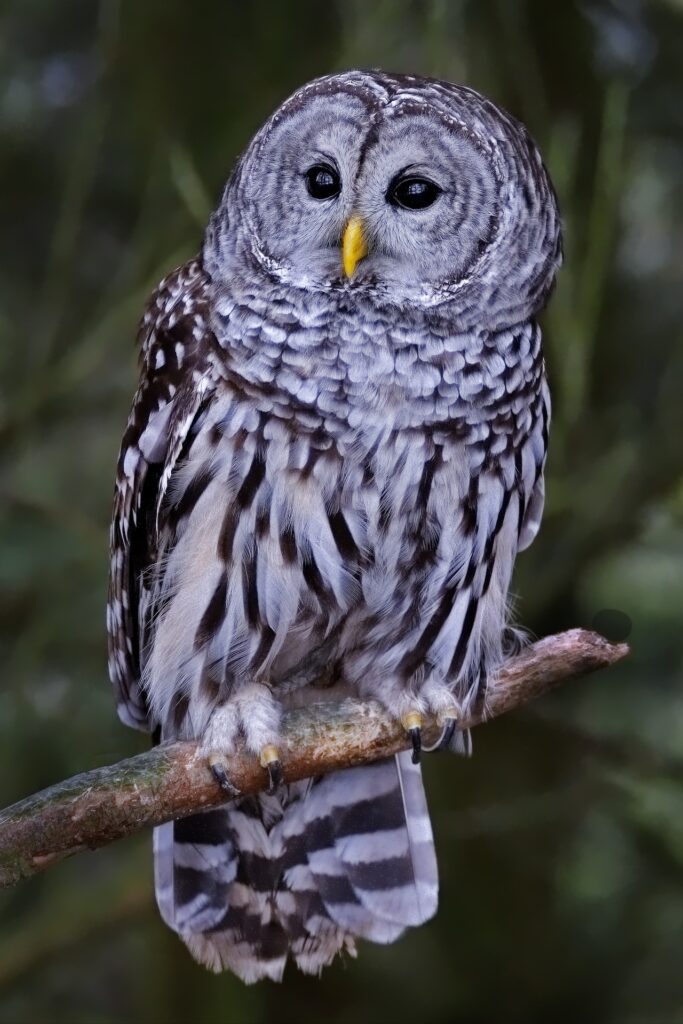
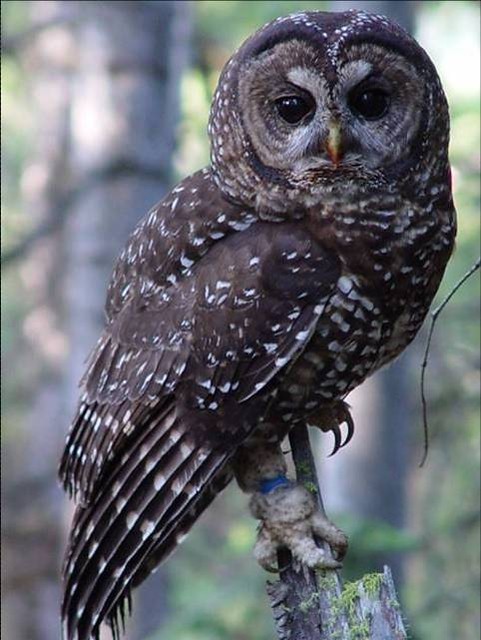
Mysterious by nature, owls are also sometimes hard to identify. This is especially true for Spotted Owls and Barred Owls. Both are found in North America, and both are similar in size (though Spotted Owls are a bit smaller). They even have similar, rounded head shapes, with the same “eyebrow” markings. And yet the difference between these two owls lies mainly in their markings. The Barred Owl has white streaks on their feathers, whereas the Spotted Owl has the signature “spotted” markings that give it its name. But if you’re having trouble identifying them, take a listen. If you hear a series a four long hoots, it’s a Barred Owl. A Spotted Owl’s call is shorter in duration and sounds more like four distinctive hoots.
Sharp-shinned Hawk and Cooper’s Hawk

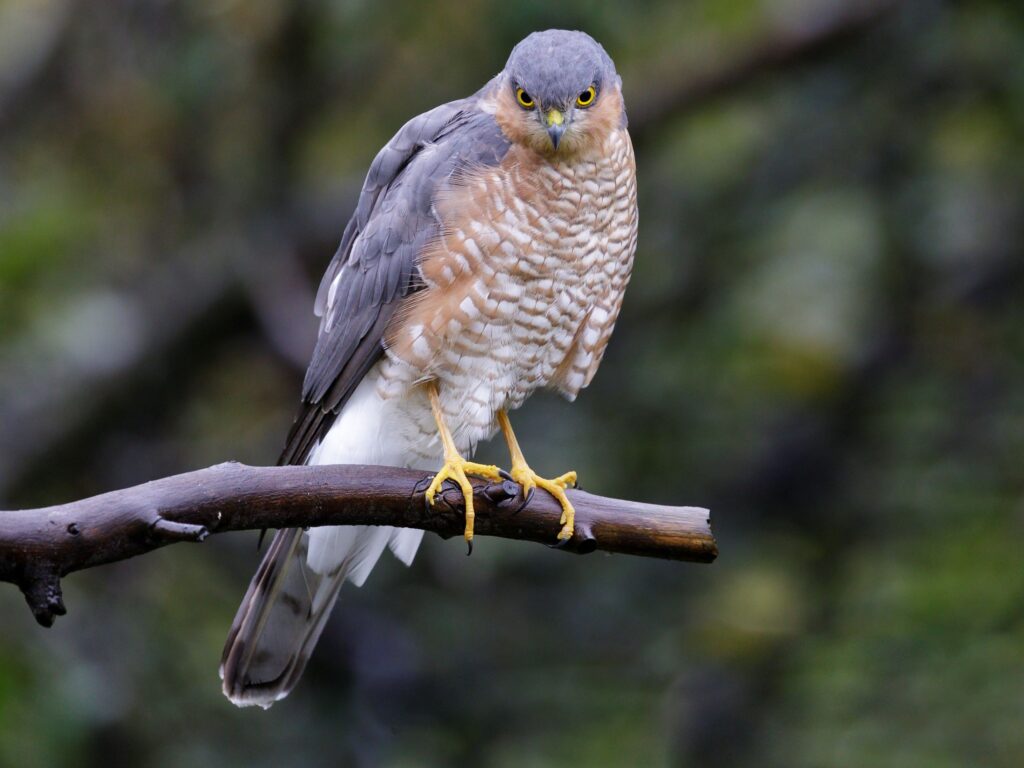
This one’s a hard one: identifying these two hawks has been a challenge for even the most experienced birders. Both are similar in size and coloring, and yet the differences, though subtle, are where to look. For example, look at the tail: if rounded, it’s a Cooper’s Hawk, compared to the flatter tail of the Sharp-shinned Hawk. Also, the Cooper’s Hawk head is larger and more dome-shaped than the Sharp-shinned Hawk’s rounder head. And while you may see both of these raptors harassing the smaller birds at your feeders, you can identify them better if you catch them soaring. Sharp-shinned Hawks’ small heads can barely be seen past their wings, whereas a Cooper’s Hawk head is more prominent.
Attract More Types of Birds to Your Feeders
Want more opportunities to identify the birds around you? Put out a bird feeder! (Or, better yet, several!) Fill them with high-quality foods that birds love, and they’ll come flying in. Check out Chirp’s premium, proprietary Big Bear Wild Bird Seed, blended specifically to attract Big Bear Valley birds. Local to Big Bear Lake? Sign up for our Seed Subscription and have Chirp bird seed delivered right to your door (and save 9%)!
Spotted Owl photo courtesy of USFWS. Sharp-shinned Hawk photo courtesy of Animalia.

